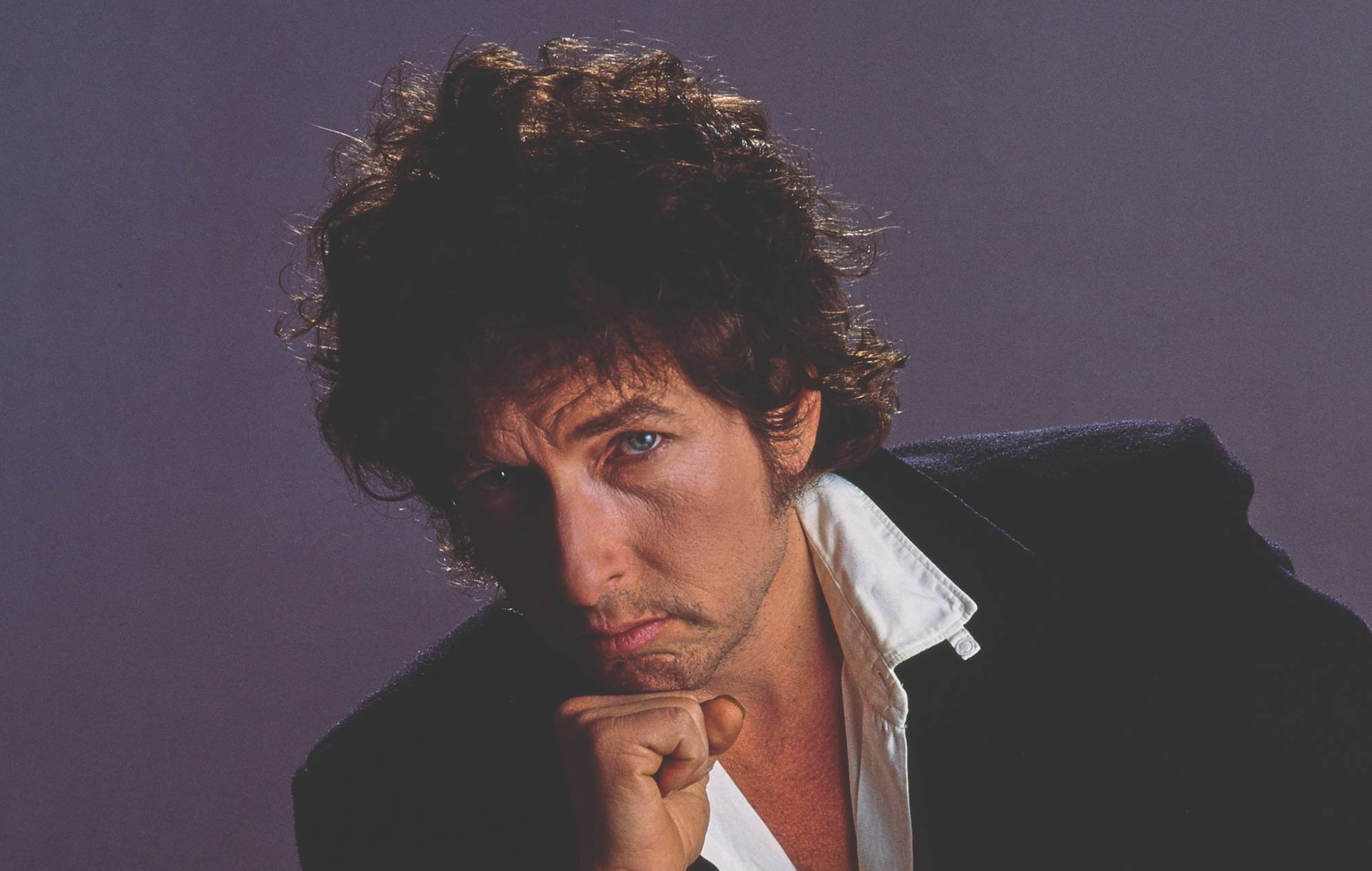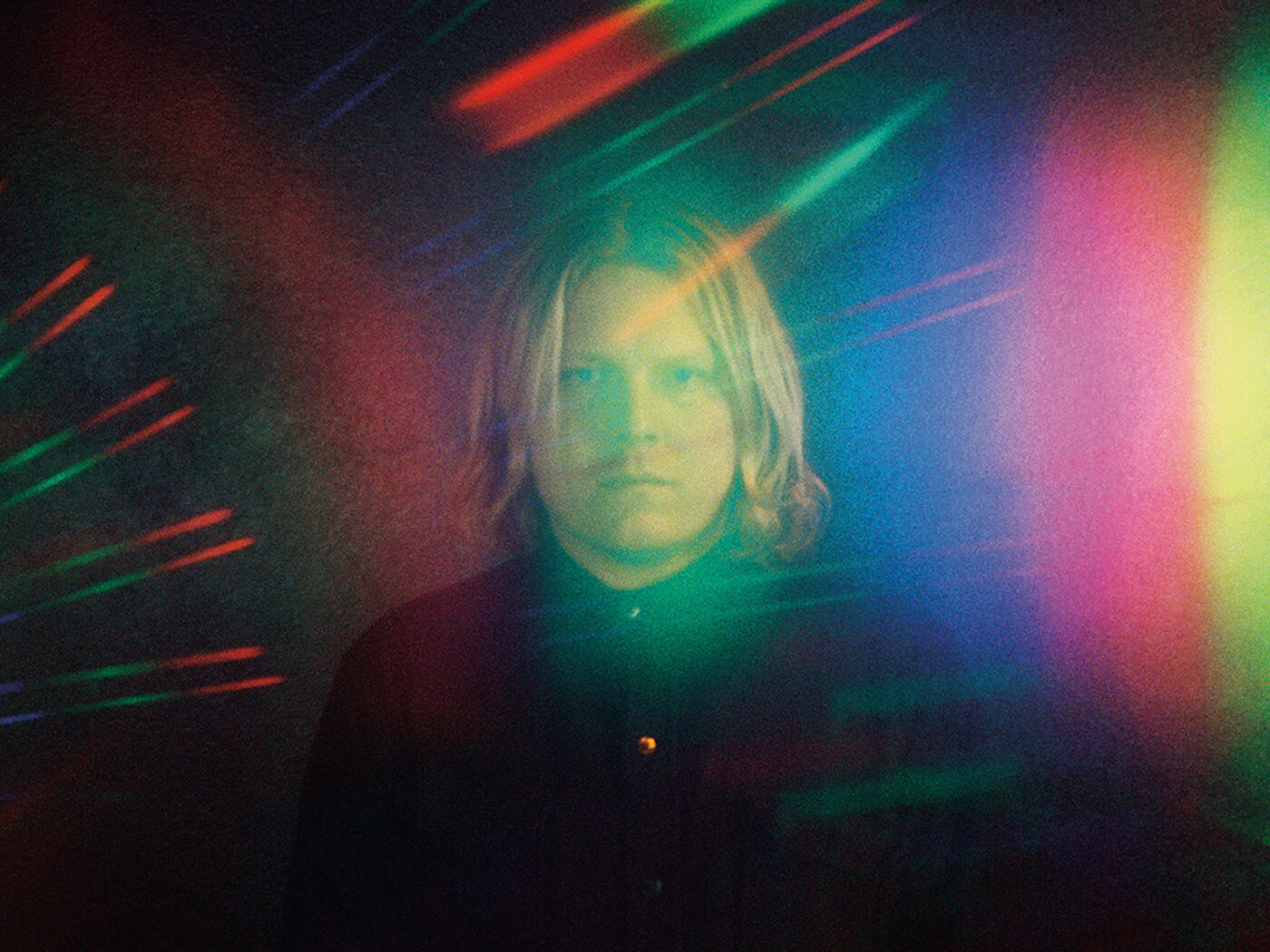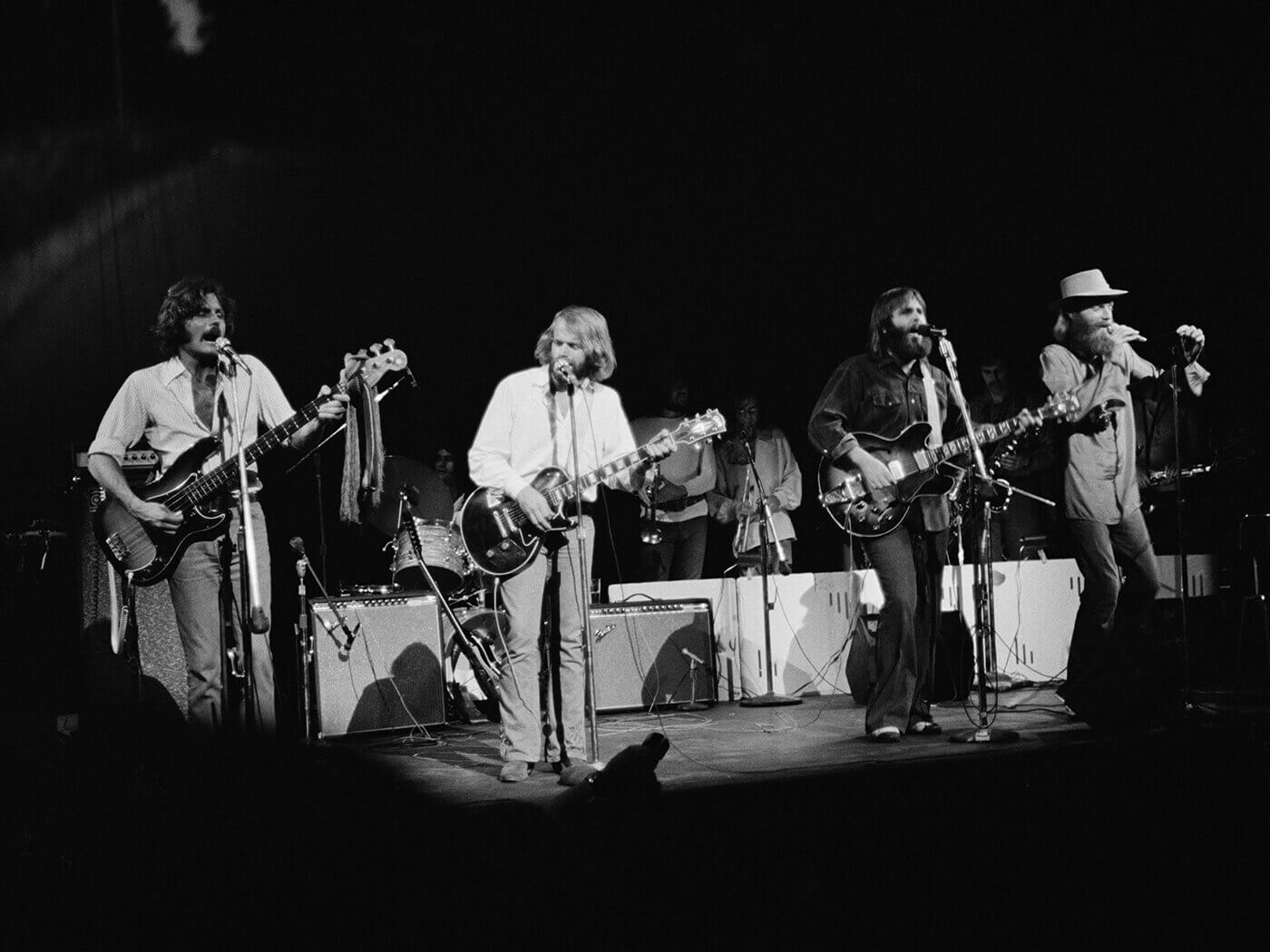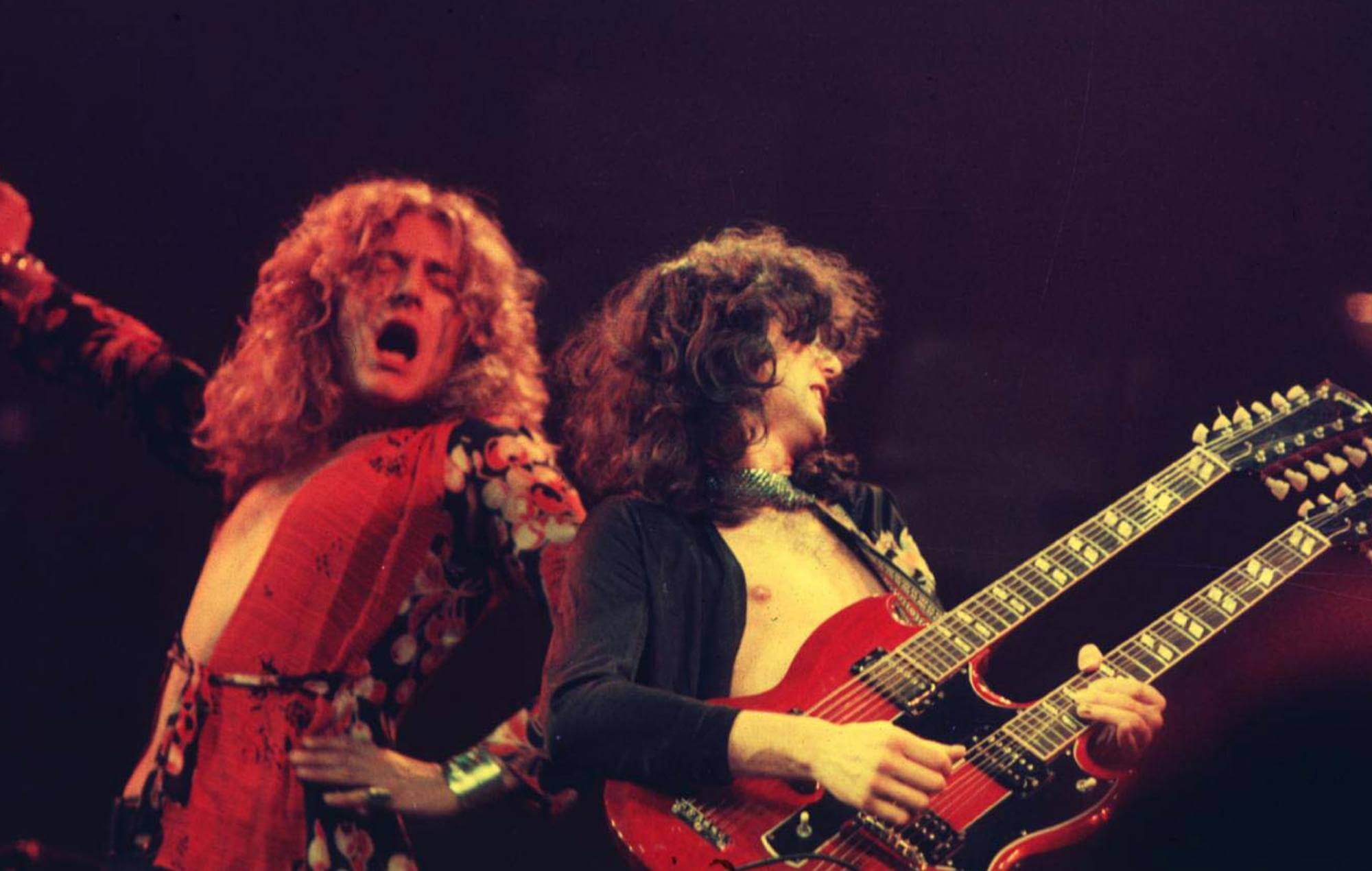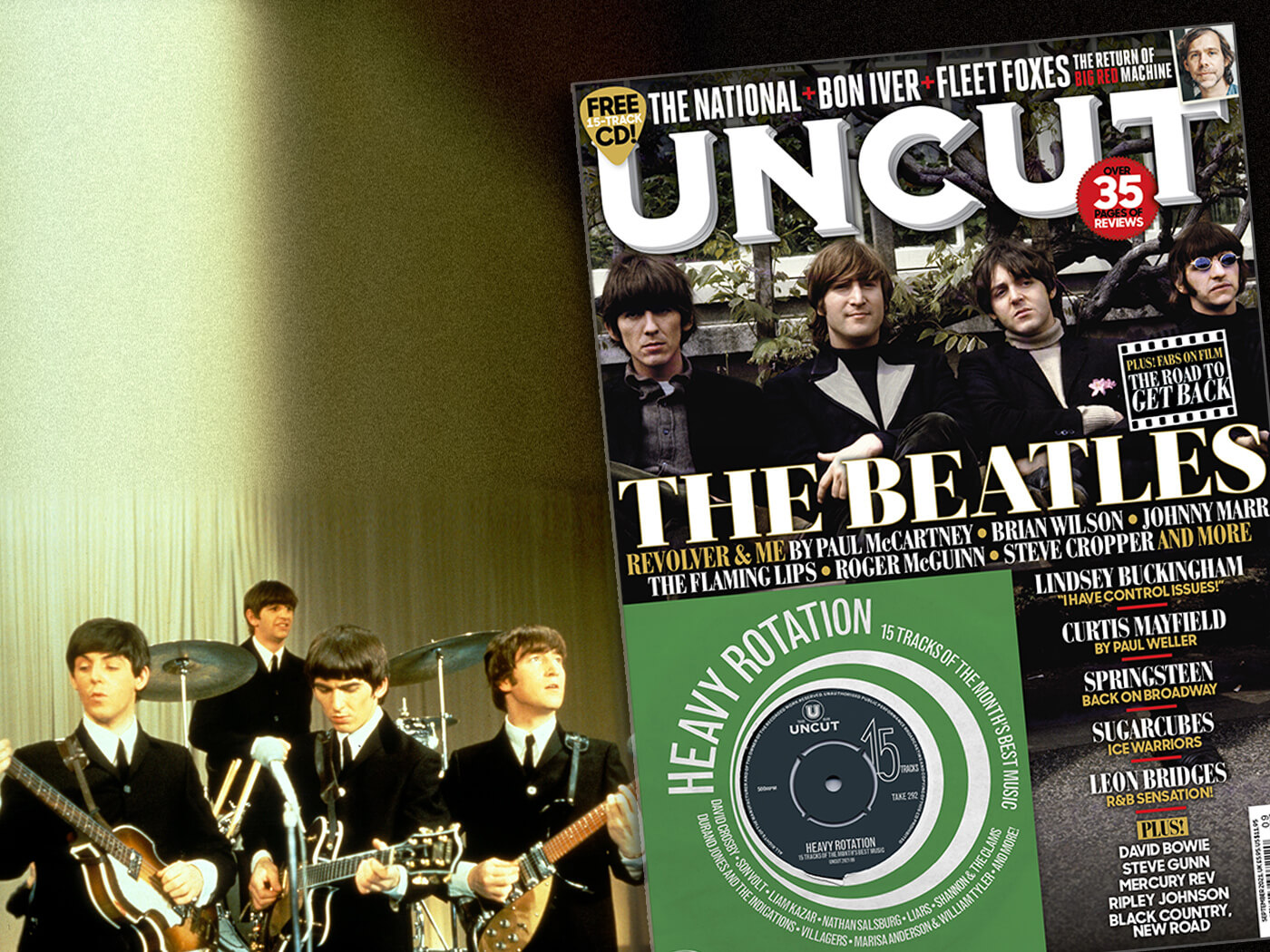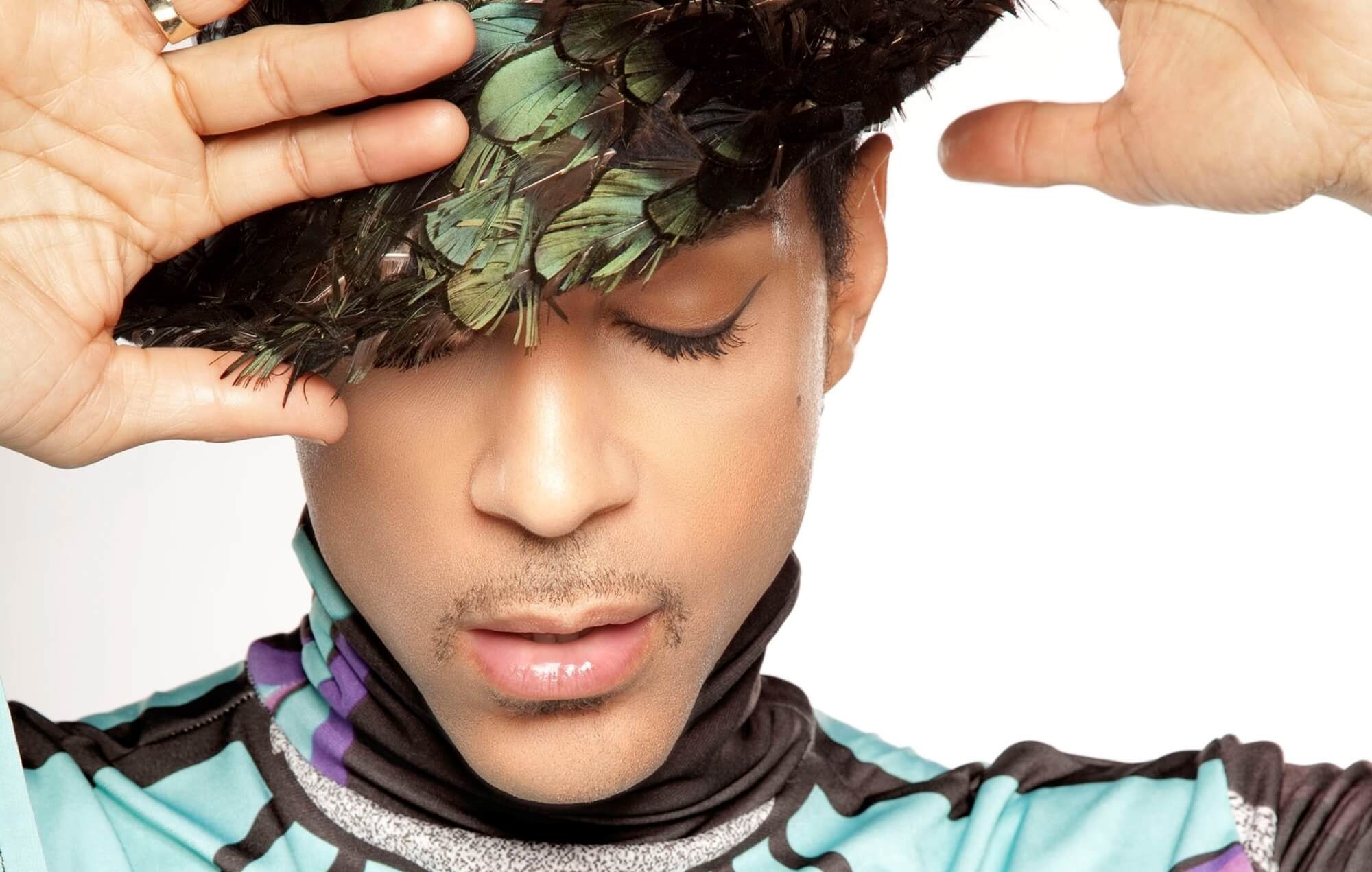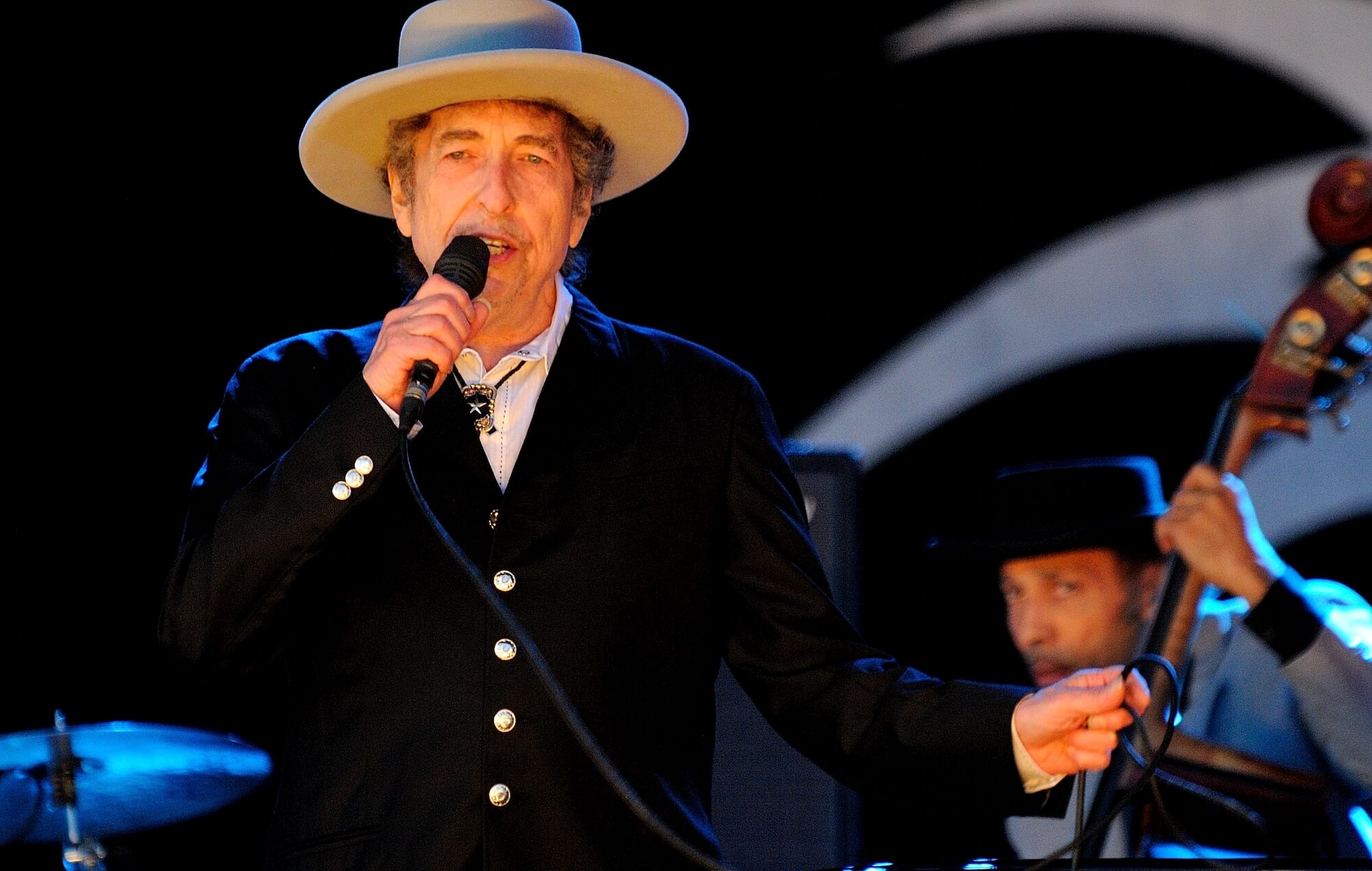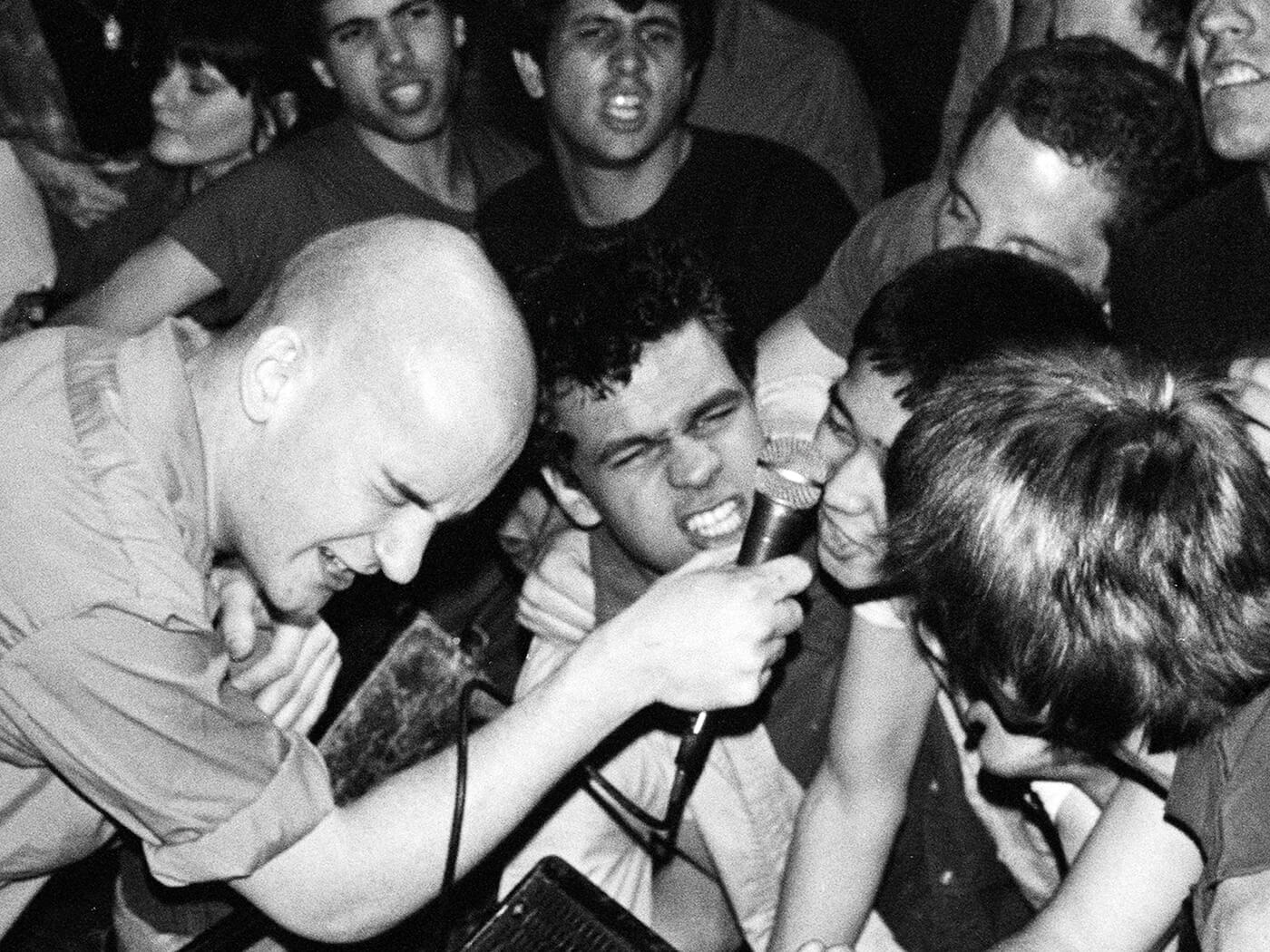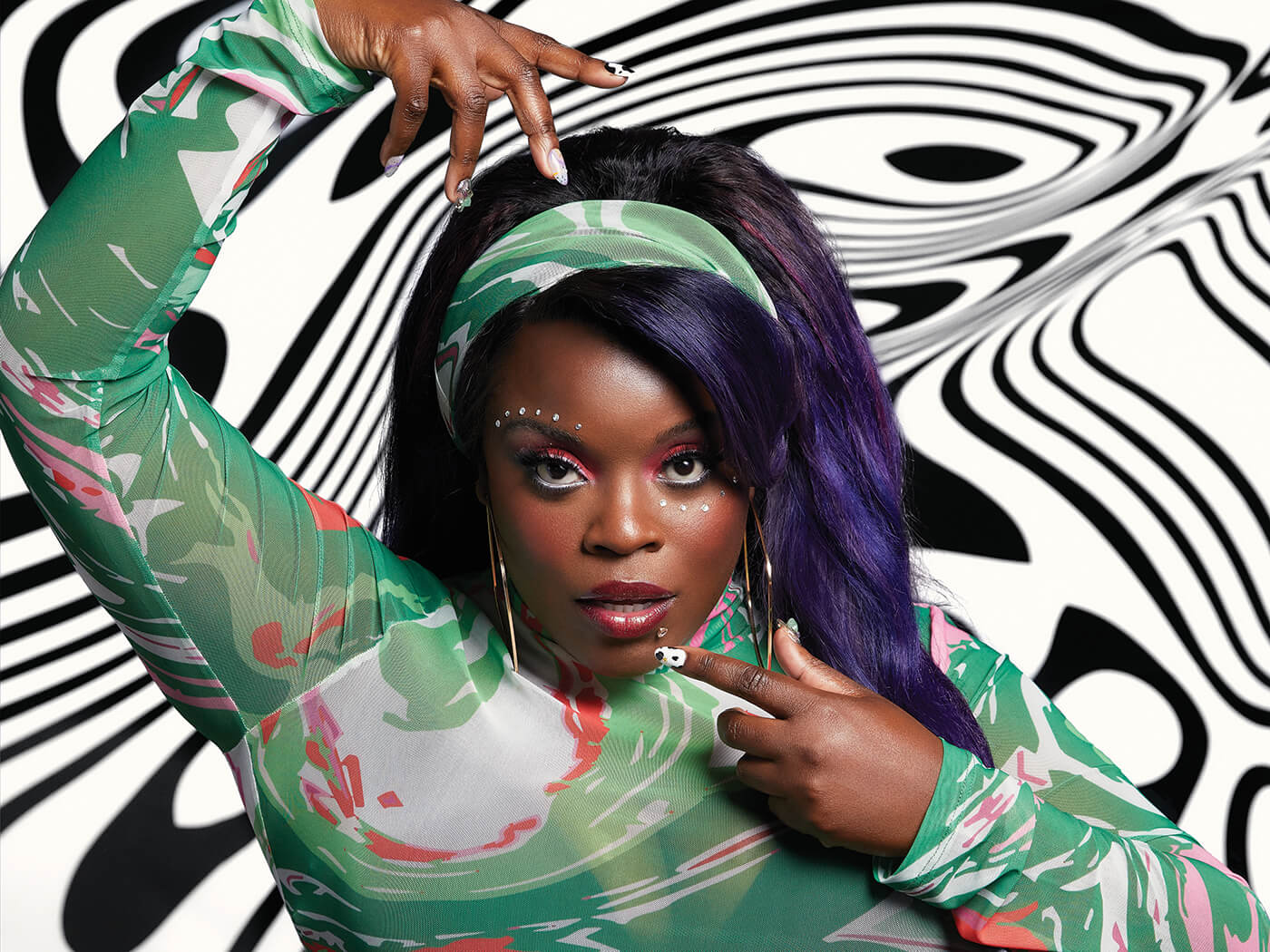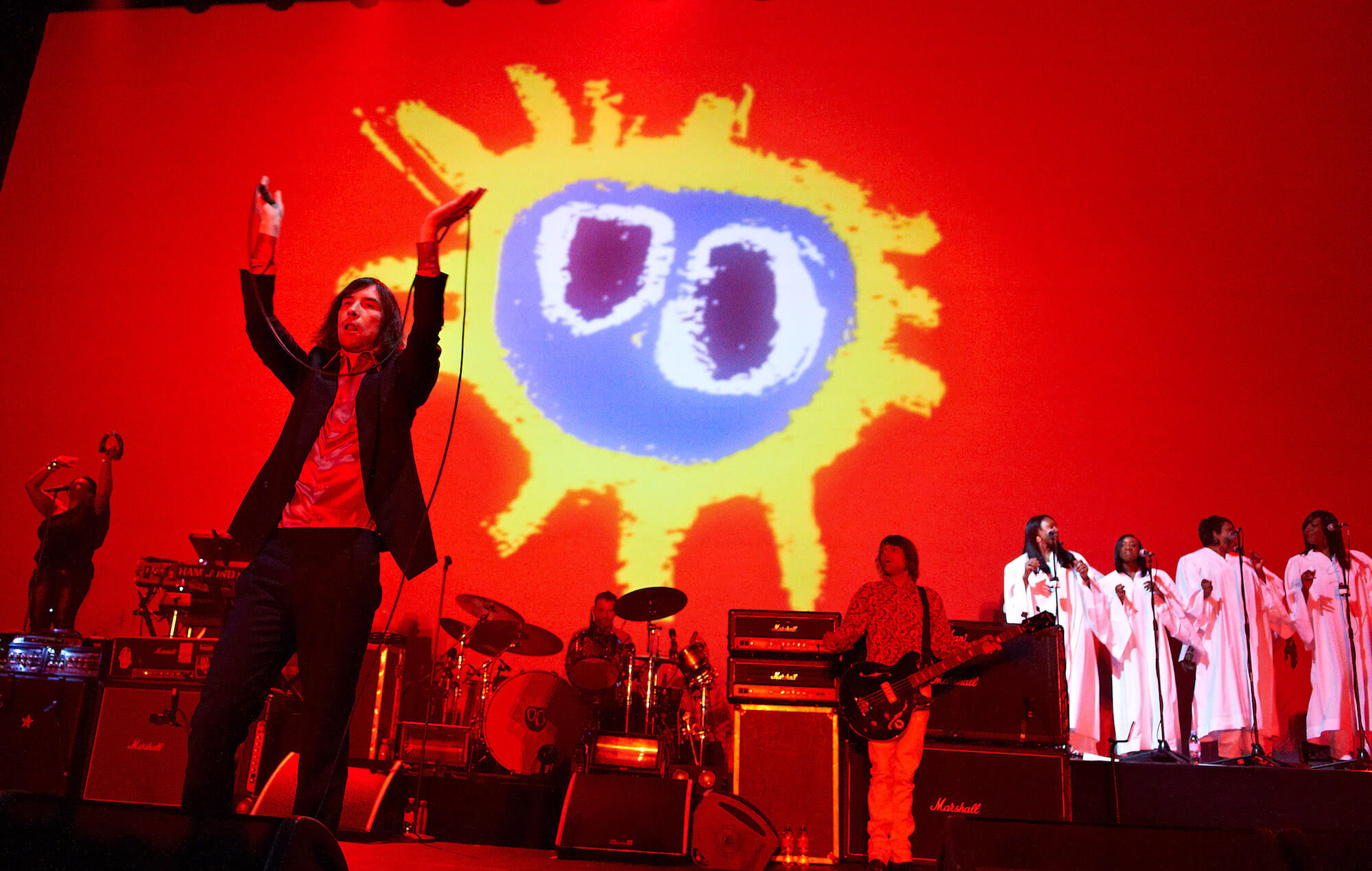With the passing of Top bassist Dusty Hill this week, we revisit the band’s formidable discography in the company of his compatriot, Billy Gibbons. This interview first appeared in Uncut’s February 2009 issue (Take 141), where Gibbons’ reflects on Southern boogie, Hendrix, the blues, Soft Machine, cars, girls and MTV…
ZZ TOP’S FIRST ALBUM
(London/Warners, 1971)
From supporting Hendrix with the psychedelic Moving Sidewalks, Gibbons returns to the blues, with a nod to the British power trios
We were fresh off the psychedelic plane, having worked the Moving Sidewalks act which was kind of inspired as an offshoot of some of our heroes – the 13th Floor Elevators. Having launched that bit of business we had a fairly decent regional round of recordings that landed us an opening spot with the Jimi Hendrix tour of 1968, also featuring Robert Wyatt’s band the Soft Machine. We had quite the psychedelic go-around prior to leaning toward something quite a bit different – the Sidewalks morphed into the trio format, coming off of a four piece band doing this psychedelic routine. Quite a lot had transpired and in no small part favoured the Jimi Hendrix and the Soft Machine trio line-up. The Sidewalks’ drummer Dan Mitchell and I found ourselves alone, looking for a direction to turn to having the former keyboard player and the bass player off to the military. They got snatched up. But the good news is the drummer and I elected to stay on the point and we thought that maybe the trio would do us well. [Mitchell was replaced by Frank Beard, while Dusty Hill joined on bass]. Keep in mind that not only was there Jimi Hendrix and the Soft Machine, there was some other pretty stalwart trios, like Cream, which were very hard and edgy blues. I guess that was probably the beginning of what later became known as power-trios.
It’s no secret that it was the enthusiastic and rather forensic inspection of the Blues, by British musicians, down to the genetics, that was the salvation of this rapidly disappearing artform. We were actually re-embracing and re-learning ways to become interpreters of what was in danger of evaporating. In essence that took us into ZZ Top land, launching the first album in 1970, which was definitely a blues rock experience.
TRES HOMBRES
(London/Warners, 1973)
Nudie suits and Texicana: finally, a hit single with “La Grange”, and the group’s charms are amplified thanks to the arrival of a stack of Marshall amplifiers
The first album in 1970 and then Rio Grande Mud in 1972 were the stepping stones towards really refining the direction which resulted in 1973’s release, Tres Hombres. That landed us the first Top Ten chart record, “La Grange”, being the top selling single from that, which really brought it to the forefront. That song was it was about the Waldorf Astoria of whorehouses in Texas, and it was like a green light for us. We just thought, “All right, this is us. We can do this.”
Once again, the British to the rescue – we were treated to the discovery of this contraption called a Marshall 100 watt amplifier stack. It was a revelation. It wasn’t just about the noise: the volume was certainly there, but it was all about the tone. That was successfully captured on Tres Hombres. We had found the cornerstone of our sound, which we were able to take on to subsequent releases. That being: a good Fender bass, a Gibson Les Paul, a backline of Marshall gear. We had the man with no beard, Mr Frank Beard, holding down the percussion slot between these two stacks – he was doing the best he could to keep up. But it forced us into learning how to embrace the power of the trio. And about the song “La Grange”: there’s no secret that Slim Harpo probably set the stage to deal with that fancy boogie-woogie. It’s a grand tradition. Going all the way back, T-Bone Walker meets Cream meets John Lee Hooker meets Slim Harpo meets the Rolling Stones! There’s a long lineage of that infectious beat. And it’s still workin’!
FANDANGO
(London/Warners, 1975)
Their hardest album, half-live, half-studio with covers of “Jailhouse Rock” and Willie Dixon’s “Mellow Down Easy”, alongside the anthemic “Tush”
At the time, a lot of bands were attempting to recreate in the studio what they were exciting their audiences with on the live circuit. The easiest way into it was to do just that: bring in a mobile recording rig and set up some microphones between the bandstand and the audience and try to get what was going down, which is what we did. And we figured that there was enough interest and value in the studio stuff. So, back in the day when there was an A-side and a B-side, it made for a handy way to present the two aspects of what the band was doing at the time. By this time we had joined the ranks of all of the big production outfits – we threw our hat in the ring trying to outdo the next guy. That was a time when bigger was better. For us, it started off as a pretty streamlined hot-rod, a sparsely populated stage – in terms of both persona and gear – but it wound up moving on from Fandango, into the Worldwide Texas Tour, which I suspect could be classed as probably the paramount presentation of ZZ Top. We had the stage cut out in the shape of Texas, angled down to reveal live rattlesnakes, buffalo, longhorn and buzzards. It was quite the thing, but it worked for the time and place and it provided a lot of entertaining moments. Well, we certainly had a good time.
On Fandango, the flipside of the studio stuff presented Dusty’s premiere piece, “Tush”. And don’t leave out “Mexican Blackbird”, that was one of our anthems to growing up in Texas, and having to make a pilgrimage to the Mexican border. That song was played on electric instruments, but it certainly had that country thread running through it.
TEJAS
(London/Warners, 1976)
Slight loss of direction, with shades of the Stones’ country rock experiments taking hold in laid-back set
Tejas certainly made a statement. There was a couple of really crazy country pieces – “She’s A Heartbreaker”, and I think “Asleep in the Desert”, which was out one and only acoustic offering. It had a kind of spaghetti western sound. We actually don’t own an acoustic instrument, that was done on a borrowed Martin gut string that I think Willie Nelson had left in the studio having been there a couple of days before, and he was coming back after we were due to leave, and go back on the road. So we picked it up and gave it a go. It’s a pleasant, kind of dreamy offering. It’s a composition that certainly falls a little bit outside of the ZZ Top norm, if there should be such a thing. But we enjoyed it.
And we had a nice blues shuffle, “Arrested While Driving Blind”. We dabbled in a couple of country tunes. It was all working for the time. We took so many leads from our heroes, the Stones, and they were tiptoeing through something that would be more akin to country rock at that time, which kinda opened the door.
DEGUELLO
(Warners, 1979)
Three year vacation before Warners’ debut, reinventing white blues with horns, beards and ‘Cheap Sunglasses’
There was an attractive offer on the table from Warner Brothers, attempting to lure us into their camp, but in order to do it we had to wait out the existing contract. So we took time out. It was at the end of 1976 and it was going to be a six month waiting period, which later turned into a year, which rolled into year number two. We needed a break. We had been on the road for seven straight years working 300 dates a year. Dusty went down to Mexico, I was travelling around England and Europe, Frank went to Jamaica. We were staying in touch by telephone. So it was voice contact, but no visual contact. And at the conclusion of this mysterious and rather pleasant break from the rigours of the road, we returned, and walked into a rehearsal room, Dusty and I having sprouted these now famous chin-whiskers. We had gotten abjectly lazy and thrown the razor away, and we said “Ah! That’s a fashion.” Or an anti-fashion. So what started out as a minor disguise turned into a major trademark.
Degüello was an interesting bridge from this hard blues trio. It still had the earmarks of our humble beginnings and our continued dedication toward interpreting that which we grew up on, listening mainly to blues. We ventured off and learned how to create our own three horn saxophone backline, like Little Richard. We used to take heart from Little Richard’s famous recordings, and the band that backed him up out of Houston, Texas, the Grady Gaynes Orchestra – they had three saxophones, Little Richard on piano, guitar, bass and drums. It was a sound that we had not wanted to overlook. It was a little more R’n’B than just stone cold blues. It opened with the Elmore James number, “Dust My Broom”. We’re starting to work in the girl theme – “She Don’t Love Me, She Loves My Automobile”. The cars, girls, hotrods, fast and loud – those elements were starting to gel.
ELIMINATOR
(Warners, 1983)
Recorded at Ardent in Memphis, Eliminator coincided with the birth of MTV. Cue a series of videos that defined the ZZ Top aesthetic: “cars, girls and fast and loud music.”
This found us back in Memphis and we were starting to experiment with unusual instruments, synthesisers and drum machines. We didn’t want to leave any stone unturned so we embraced ’em as we could. We picked the instruments up with one hand and threw away the instruction manuals with the other. It was a strict study in: We don’t know what they’re supposed to do, so we’ll start pushing buttons until it sounds right.
Here we were bringing the T for Texas into the T for Tennessee. Someone said “What is it about Texas music?” I said “Well, that’s still an unknown. We just know: it is, it’s something undefinable.” And they said: “And what about Memphis music?” To understand that, you have to go back to when the great exodus out of Mississippi in the 1930s. Keep in mind most folks that wanted out didn’t have automobiles, so they took off on foot. As you walk up through the Delta, aiming north, Memphis, Tennessee was a great resting spot. It’s about as far as you could walk. And Beale Street being right there at the edge of the river, became the hotspot – that’s where the music exploded, there was gin joints, the red light district, you name it. If there was any good stopping place, it was right there. That gave Memphis the blues, and later R’n’B. I think it’s fair to say that that was the strongest message coming out of Memphis.
We fell onto MTV by accident. Frank Beard, the man with no beard, rang me up, and he followed up by calling Dusty, and he said “Hey check it out, there’s a great music show.” We collectively thought it was maybe a late night performance, and after about eight hours and staying up all night long I called him and said “When is this concert ending?” Only to find out later – somebody said “That’s a new 24-hour music channel.” That was our introduction to MTV. There was such curiosity about it – it was wild, no holds barred, no rules laid, it was total guesswork. But we had diligently worked at wrapping up this series of sessions that became Eliminator, and the earmark of that recording was strict adherence to the study of keeping good time. We were trying to dismiss the bad stage habits of speeding up and slowing down and incorporating that with some really unexpected sound additions. Those two elements, plus some interesting compositions – you combine that with somebody stepping forward and saying “Hey, let’s join this video phenomenon,” which resulted in that trilogy of “Gimme All Your Lovin’”, “Sharp Dressed Man” and then “Legs”. And that stamped us forever – cars, girls, and fast and loud music.
AFTERBURNER
(Warners, 1985)
Fully established as a cartoon band, the Top employ a robotic drum sound and some nasty synths, neither of which assist in the appreciation of the rocking single entendre, “Woke Up With Wood”, or the extraordinary “Velcro Fly”
There was no changing the facts – we passed up the opportunity to shave the beards off, at the invitation of one of the razor blade manufactures, we told ’em we were too ugly. And that held through the video years. I said get the camera off of us and put it on those pretty girls. Good move!
We were continuing to experiment, musically. In hindsight, its 20-20. The good news is that there was that one cohesive thread that bonded even this next stage of ZZ Top. There was that element of blues that glued it all together. We were all too happy to stretch out and remain in step with what was going on, but we never really left that rootsy background. I think that someday we may succeed in conquering a true tradition. At the moment, we’ve held it together – it’s more of a rock blues presentation. I don’t think we ever got so fierce that we abandoned that forward progression. We never were into sailboats, we always wanted the high powered engine stuff.
“Velcro Fly” was Dusty’s – he does OK on the keyboards when he wants to. People say some of this record sounds like Prince? It’s very odd – but it still holds up, and we were still the darlings of MTV. For “Velcro Fly”, Paula Abdul was our choreographer! She said: ‘Look, I know you guys can get low down with that wicked blues stuff.’ She said: ‘Now I gotta teach you how to put your feet together.’ Ha! That’s a friendship that’s lasted to this day.
RECYCLER
(Warners, 1990)
A slight return to the blues, with naked cowgirls and voodoo healin’, pointing towards a rediscovery of their purpose with Rick Rubin
ZZ Top has been touted and perceived as this hard blues trio. However we’ve not failed to use modern day recording techniques, and overdubs have allowed the humble three piece band to become many times like a five, six piece band. Recycler, maintaining that bluesy thread, has a bigger approach. I think the willingness to embrace multi-tracking and some contemporary recording techniques made that record come out the way it did. And that held over for Antenna. We’re still experimenting with making a trio into a six or a nine piece outfit. I guess it was always the odd number in the end. Nine guys out of three! Antenna was followed by one our favourites Rhyhmeen, which is actually the first pure trio recording, followed by Triple X and then Mescalero which stretched out a little bit.
But now Rick Rubin has thrown his hat in the ring. After a friendship for double decades this is the first opportunity Rick and I have been allowed to come together and see what we can manage on a recorded level. I dig the guy and I think that he at least understands ZZ Top. He’s made a great promise – he probably will not be pushing us into hip-hop. A good solid rock release would be much to our liking. He’s actually created a very peculiar wrinkle in the ZZ Top fabric by suggesting collaboration with another raw and raunchy outfit, the Black Keys; the duo that’s been making a big noise with just a guitar and a drummer. Then again those early Chess and Checker releases by Bo Diddley, and the great Vee-Jay records by Jimmy Reed, had no bass. It was basically guitar and drums. Gimme the backbeat, brother, and I’ll bring on the distortion!




